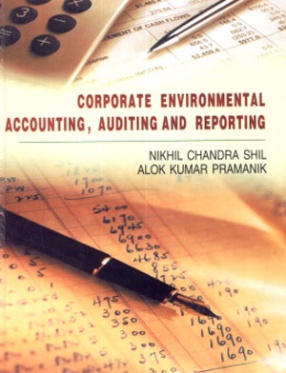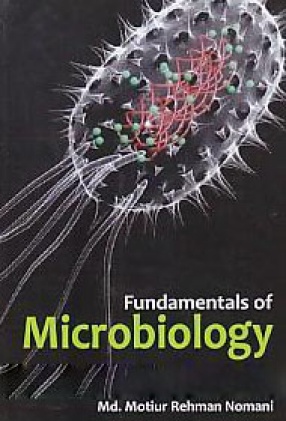"The Pyralid moths constitute an important group of insects in the order Lepidoptera, and comprise several species of great economic importance. There are several well established and well known pest-species like yellow stem borer, top borer, shoot borer, stalk borer, white borer, internode borer, root borer, pod & capsule borer, fruit borer, fruit-tree pests, wax-moth, rice moth, Indian meal moth and number of leaf folders and case worms. The pest species, when increase in population beyond a certain level, in nature, cause serious economic losses to the nation and miseries to the farmers in respect of their own welfare, or even their survival. Several of these well known species occur simultaneously with lesser known pests which, therefore, stand neglected both in respect of their identity and monitoring. Since these species cause a very little loss or damage, these remained practically unknown to agricultural or field entomologists, taxonomically. Besides, even the well known species like top borer, Scirpophaga excerptalis (Walker) in sugarcane, and S. nivella (Fabr.) in rice, had often been confused till very recently. It was only through taxonomic studies that these species were clearly differentiated. Similarly, the other species, yellow stem borer, Scirpophaga incertulas (Walker) has always dominated the field, the males of which resemble closely with males of S. gilviberbis (Zeller) and S. nivella (Fabr.), and have often been confused. The females of these three latter species, are quite different and are easily separable. In fact, the males of gilviberbis and nivella, infesting rice, have often been wrongly assumed as "incertulas". To keep the check on their population, it is essential to make exhaustive studies on various aspects involved, including population dynamics, bionomics, behaviour, habits, host-preference, etc., under various climatic or controlled conditions. And unless their identity is clearly known, all the efforts to control the pests will remain fruitless. Although, a large number of papers have been published on important crop-pests, either singly or on the group as a whole, these are mostly scattered, and some inadequate to identify the pests.
"The present study was aimed at studying the important pests, both major as well as minor, in the family Pyralidae, so as to provide an easy key as an identification guide, not only to the taxonomists but to the agricultural entomologists also to make them aware of the entire pest-complex in their field of work. Once the field entomologists are aware of the pest-complex, they can plan their strategy to suppress the pest population. It was also with this object in view that the studies were undertaken to consolidate all the relevant information by studying their colouration & pattern, morphological characters and wing venation. The present studies contribute towards bringing the pests species at one place, in two parts. While Part I deals with subfamilies Crambinae, Schoenobiinae, Nymphulinae, Phycitinae, and Galleriinae, the Part II will deal exclusively with Pyraustinae (Sensu Hampson, 1896) including other subfamilies like, Odontiinae, Glaphyriinae, Noordinae and Evergestinae (Sensu Munroe, 1972)."

Studies on Some Indian Pyralid Species of Economic Importance (Part I)
In stock
Free & Quick Delivery Worldwide
reviews
Bibliographic information
Title
Studies on Some Indian Pyralid Species of Economic Importance (Part I)
Author
Edition
1st ed.
Publisher
ISBN
8185874328
Length
167p., Plates.
Subjects





There are no reviews yet.